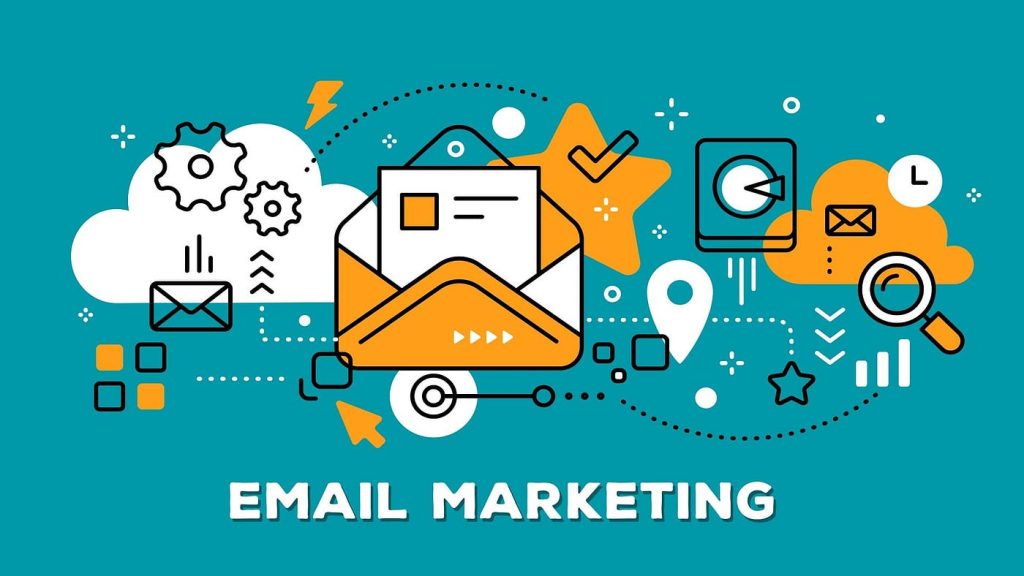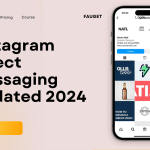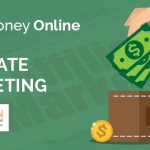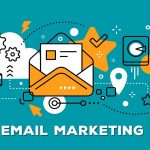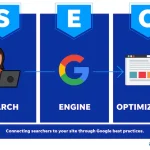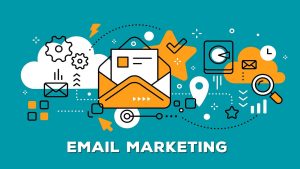
E marketing is essential in expanding a small business’s online presence. A strategic guide can enhance visibility and customer engagement.
Developing an effective e-marketing plan in E-Marketing Guide for Small Business: E-marketing essentials is pivotal for small businesses aiming to penetrate digital markets. In the current age where consumers increasingly rely on the Internet for shopping and services, establishing a strong online footprint is no longer optional—it’s imperative.
Small businesses must leverage various digital channels, from search engines to social media, to connect with their target audience. To remain competitive, they must adapt to the dynamic e-commerce landscape, using SEO practices to improve search rankings and crafting content that resonates with potential customers. A guide to e-marketing for small businesses should thus offer actionable insights into creating an integrated approach that aligns with their unique goals and resources, ensuring they make the most of digital opportunities in E-Marketing.
The Digital Revolution: Small Business E-marketing Essentials
Embrace the future with The Digital Revolution: Small Business E-Marketing Essentials. Today’s digital landscape is transforming the face of commerce, allowing small businesses to scale new heights. As an entrepreneur or business owner, understanding e-marketing is not just beneficial—it’s crucial for success.
Era Of E-commerce Impact On Small Businesses
E-commerce has leveled in the? E-Marketing playing field. Small businesses now reach customers worldwide. Below is a glimpse of its profound impact:
-
- Extended Reach: Sell goods beyond local boundaries.
-
- Cost Reduction: Lower overheads compared to physical stores.
-
- 24/7 Operations: Serve customers round the clock.
-
- Customer Insights: Track behavior for targeted strategies.
-
- Agility: Quickly adapt to market trends and customer feedback.
Key Components Of E-marketing
Effective e-marketing comprises several elements. Each plays a vital role in capturing audience attention and converting leads to sales. Consider the following key components:
| Component | Description |
|---|---|
| SEO | Optimize content to rank higher in search engine results. |
| Email Marketing | Engage with customers directly through their inboxes. |
| Social Media | Connect with users and share content on various platforms. |
| Content Marketing | Create valuable content to attract and retain an audience. |
| Analytics | Use data to inform and improve marketing strategies. |
Crafting An Online Presence: The First Steps
Stepping into the digital world can feel like a giant leap for a small business in E Marketing. Yet with the right approach, creating an online presence unlocks vast opportunities. It’s the digital handshake with potential customers. Before mastering social media or launching ad campaigns, a business needs to start with some foundational steps.
Choosing The Right Platforms
Not all platforms suit every business. Choices should depend on your audience and industry. Consider where potential customers spend most of their time online. Are they scrolling through Instagram or searching on Google? List platforms where your audience is active. This focuses efforts for greater impact in E Marekting.
-
- Social Media: Ideal for engagement and brand awareness.
-
- Search Engines: Boosts visibility through SEO.
-
- Email: Personalized communication with your audience.
-
- Blogs: Showcase expertise and help with SEO.
Website Design And User Experience
A website is a small business’s digital home for E-Marketing. Good design invites visitors in. Focus on clarity and ease of navigation. Ensure your site works well on mobile devices, as most users shop and browse on their phones. Keep things simple and professional.
| Feature | Benefit |
|---|---|
| Responsive Design | Accessible on any device. |
| Fast Loading Times | Keeps users engaged. |
| Clear Navigation | Helps users find what they need. |
| Contact Information | Builds trust with users. |
Smart design leads to satisfied users. Consider user paths and ensure calls to action are clear. Every page should guide visitors to the next step, whether that’s making a purchase or signing up for a newsletter.
Power of Contents: Developing A Content Marketing Strategy
High-quality content in E-Marketing boosts your small business’s digital presence. A solid content marketing strategy engages your audience. It also increases brand visibility. Let’s dive into creating content that rules.
Blogging And Seo
An effective blog keeps your website fresh. It offers value to your readers. Combine blogging with SEO, and your site’s reach expands. Here’s how:
-
- Keyword research: Find words your audience searches for.
-
- Regular updates: Keep content current to attract search engines.
-
- Quality over quantity: Write well, not just often.
| Action | SEO Benefit |
|---|---|
| Use of headings | Improves readability |
| Adding alt-text to images | Increases search visibility |
Leveraging Video And Images
Videos and images can transform your content. They make complex topics easy. They tell stories quickly. Consider these steps:
-
- Create captivating visuals: Aim for high-quality, engaging images.
-
- Short explainer videos: Teach something valuable in a few minutes.
-
- Infographics: Display data visually for better understanding.
Remember, alt-text for SEO is vital here as well.
Social Media Dynamics: Creating Engagement
Small businesses thrive on customer interaction and loyalty. Social media stands out as the digital stage where this drama unfolds. Engagement is not just about numbers; it’s about conversations and connections. Social layers within your marketing strategy fuse your brand with the community. This section discusses how small businesses can amp up social media engagement for E Marketing.
Choosing Your Channels Wisely
Not all social platforms are equal for every business. Your brand’s personality must match the channel. Here’s how to pick:
-
- Identify your audience demographic.
-
- Match the platform that hosts your target users.
-
- Analyze competitors to see where they engage customers.
-
- Focus on platforms that align with your content style.
The aim is to invest time where your audience hangs out. This strategy boosts relevance and engagement.
The Power Of Social Media Advertising
Social media ads can turbocharge engagement. Platforms like Facebook and Instagram offer targeted advertising options in E Marketing.
| Platform | Strength | Audience |
|---|---|---|
| Diverse user base | Broad | |
| High visual impact | Younger demographics | |
| B2B focus | Professionals |
With tailored ads, you meet users who are likely to engage and convert. Paid ads also offer incredible analytic insights. These insights optimize campaigns for better performance.
Email Marketing: Connecting Directly With Customers
Email Marketing: Connecting Directly with Customers is a powerhouse tool for small businesses. Empowering brands to reach out effectively, this medium builds relationships and boosts sales. It’s cost-effective, personal, and provides incredible return on investment. Let’s delve into how you can harness the power of email marketing.
Building Your Email List
The foundation of successful email marketing starts with a robust email list. This list comprises potential customers who express interest in your business for E Marketing.
-
- Start by adding a sign-up form on your website.
-
- Encourage sign-ups with an exclusive offer or discount.
-
- Pop-up prompts can grab attention and convert visitors.
-
- Ensure your sign-up forms are simple and quick to fill out.
Remember to stay compliant with anti-spam laws. Always ask for permission before sending emails.
Crafting Compelling Newsletters
Once your list is growing, it’s time to engage your audience with newsletters. These are your chance to shine and turn subscribers into loyal customers as E Marketing.
Here’s how to create newsletters that get opened and read:
-
- Use enticing subject lines that prompt receivers to open the email.
-
- Keep the content relevant and valuable to your audience.
-
- Personalize your emails to connect with the reader.
-
- Include clear call-to-actions (CTAs) that guide the user on what to do next.
-
- Optimize for mobile devices ensuring a responsive design.
A well-designed newsletter strengthens customer relations and encourages sales.

Credit: visit here
Data-driven Marketing: Understanding Analytics
Marketing is no longer just an art. It’s a science. In Small businesses , E Marketing can make smarter decisions with data-driven marketing. Uncover what customers love, and see what works. In this guide, we dive into analytics. It’s the roadmap to success for your business. Let’s measure, adjust, and thrive.
Measuring Success With Analytics
Success needs a yardstick. Analytics offer that measurement tool. They show how well campaigns perform. Let’s peel back the layers:
- Traffic: Count website visitors.
- Engagement: Track likes, shares, and comments.
- Conversions: See who bought or signed up.
wonder how you did? These numbers tell your story. But numbers need context. Enter benchmarks. Compare with past performance or industry standards. It tells if you’re leading or lagging.
| Key Metric | What It Tells You |
|---|---|
| Conversion Rate | Effectiveness of calls-to-action |
| Bounce Rate | Site’s captivation level |
| Click-Through Rate (CTR) | Ad appeal and relevance |
Adjusting Strategies Based On Data
Data speaks. Listen and adjust. Analytics guide changes for better results in E Marketing.
- Analyze: Look at data trends.
- Understand: Know why numbers change.
- Act: Change your strategy.
Did an email campaign flop? Improve subject lines. Low site traffic? Enhance content and SEO. High bounce rate? Rethink webpage design. Small tweaks can lead to big wins. Respond to data, and customers will respond to you.
E-marketing Security: Protecting Your Business And Customers
Secure e-marketing is essential for small businesses. It builds trust and keeps both the business and the customer safe. Small businesses must focus on protecting data and transactions. This ensures a safe online experience with E Marketing.
Implementing Secure Payment Gateways
Accepting payments online must be safe. Choose payment gateways with strong security measures. Look for features like encryption and fraud detection.
- SSL Certificates: Ensure the payment gateway uses SSL. This protects data during transactions.
- PCI DSS Compliance: This standard keeps payment data secure.
- Two-Factor Authentication: This extra step confirms the user’s identity.
| Feature | Benefit |
|---|---|
| Encryption | Keeps sensitive info hidden. |
| Fraud Detection | Prevents illegal transactions. |
Data Privacy Compliance
Following data privacy laws protects customers. It also keeps your business safe from legal trouble. Be up to date with privacy regulations for E Marketing.
- Understand GDPR: If you have EU customers, know these rules.
- Clear Privacy Policy: Tell customers how you use their data. Make it easy to read.
- Regularly Update Security: Keep security systems current.
Conduct regular audits. Check for any data leaks or security flaws. Address them fast. Train your team on best practices for data security.
Conduct regular audits. Check for any data leaks or security flaws. Address them fast. Train your team on best practices for data security.
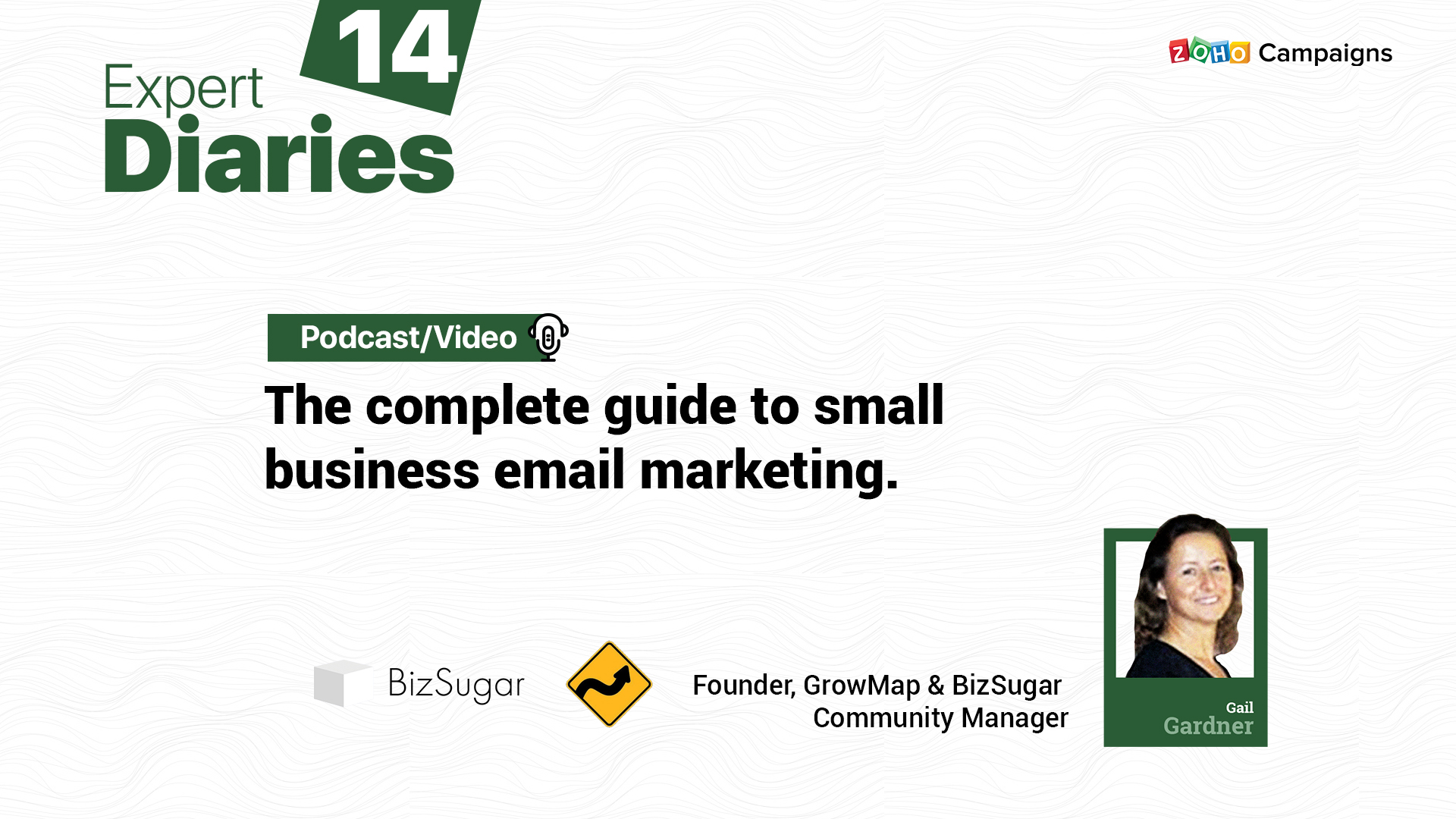
Credit: www.zoho.com

Credit: visit here
Frequently Asked Questions Of E Marketing Guide For Small Business
What Is E-marketing In Simple Terms?
E marketing, also known as online marketing, involves promoting products or services over the internet. It uses various digital channels to connect with potential customers, such as social media, email, and search engines.
How Does E-marketing Benefit Small Businesses?
E marketing offers cost efficiency, a wide reach, detailed analytics, and the ability to target specific audiences. It allows small businesses to compete with larger companies by having a strong online presence.
What Are The Key Components Of E-marketing?
Key components include search engine optimization (SEO), content marketing, social media engagement, email campaigns, and online advertising. Combining these strategies can significantly boost online visibility.
Can E-marketing Increase Sales For Small Businesses?
Absolutely. E-marketing strategies can lead to increased sales by enhancing brand visibility, engaging with potential customers, and nurturing leads through personalized content and offers.
Conclusion
Embracing e-marketing is essential for small business success. With the tips and strategies covered, you’re equipped to boost online presence and sales. Remember, consistency is key. Start implementing what you’ve learned and watch your business soar. Let’s embrace the digital age and flourish together!
